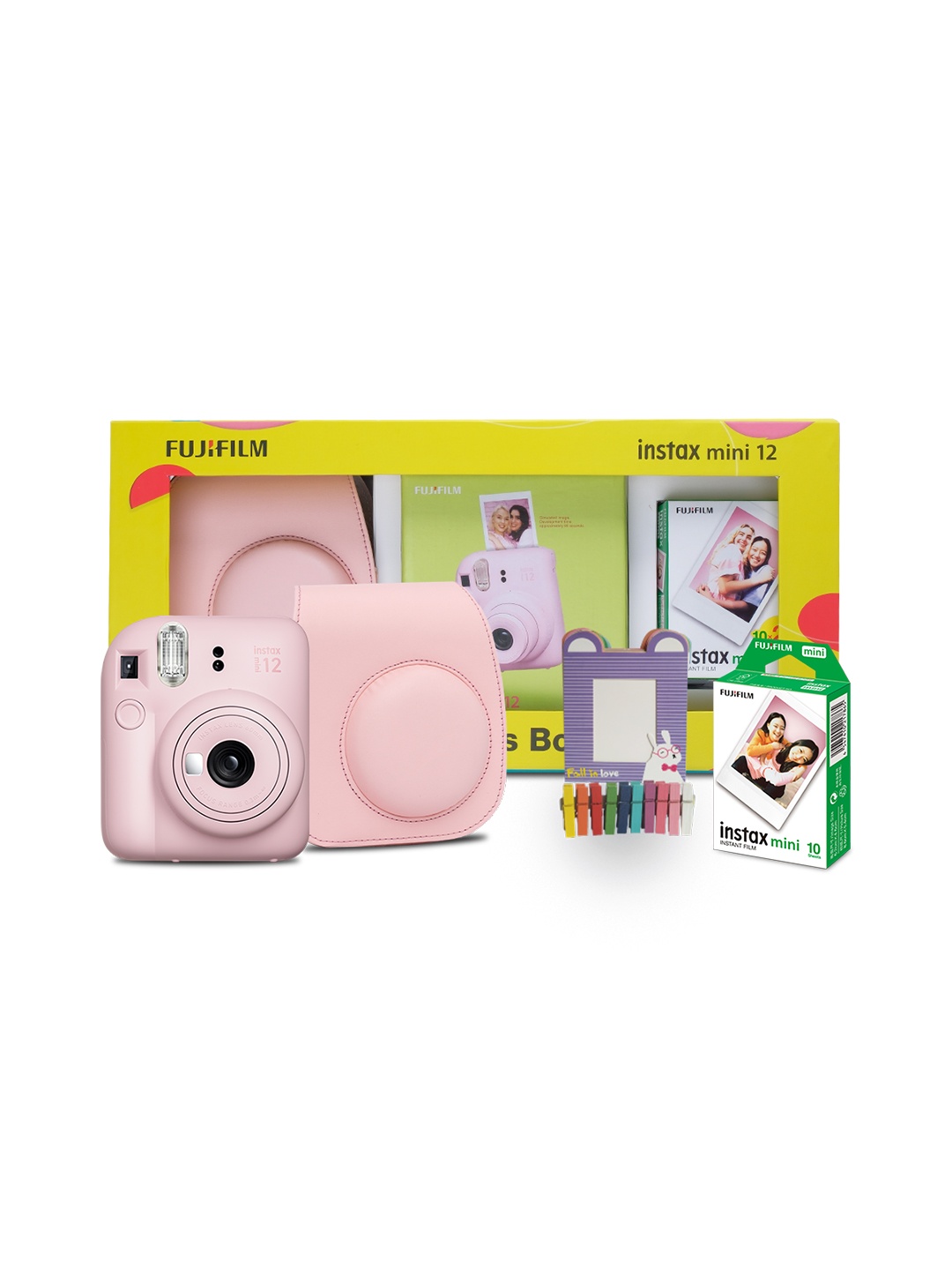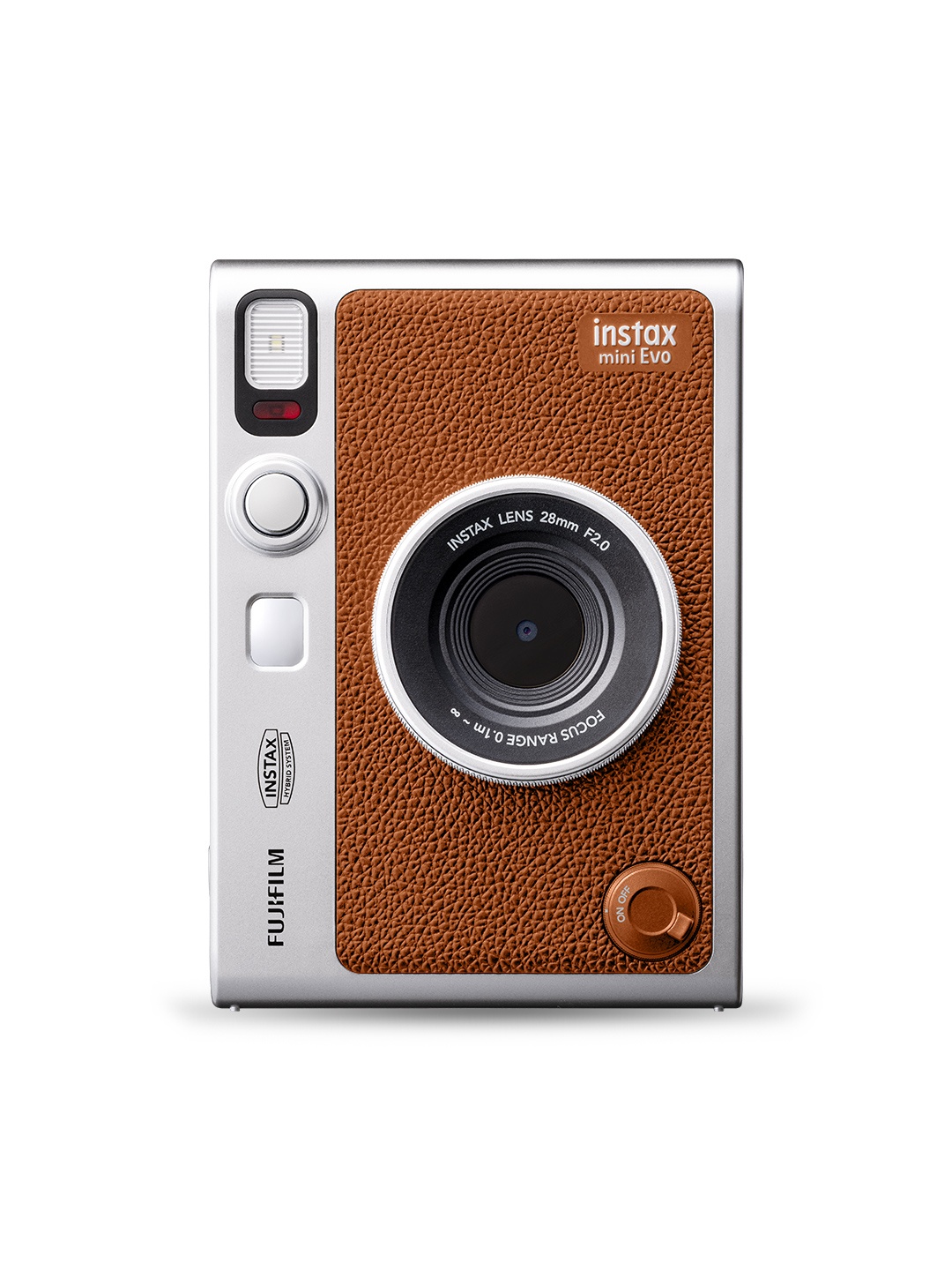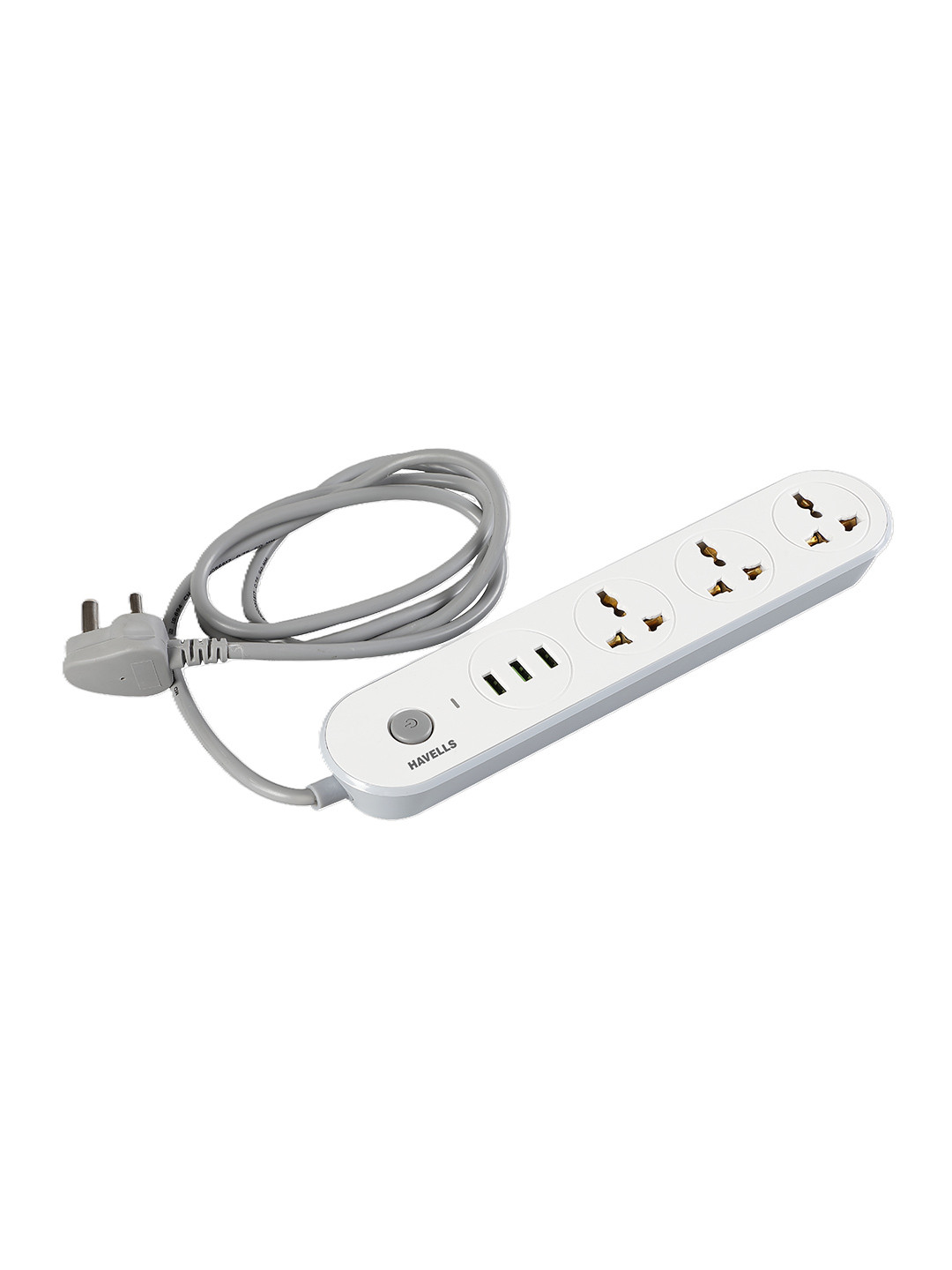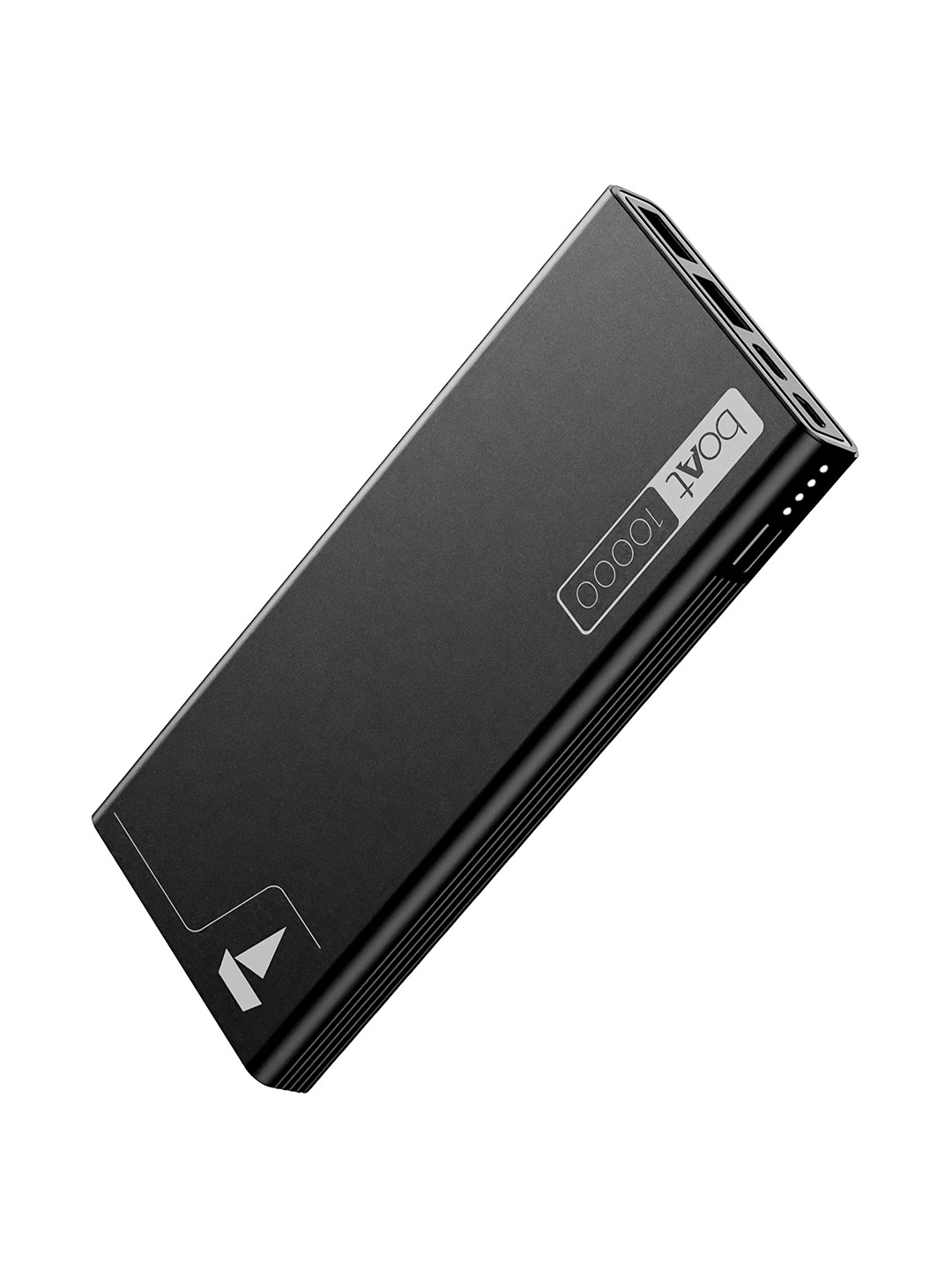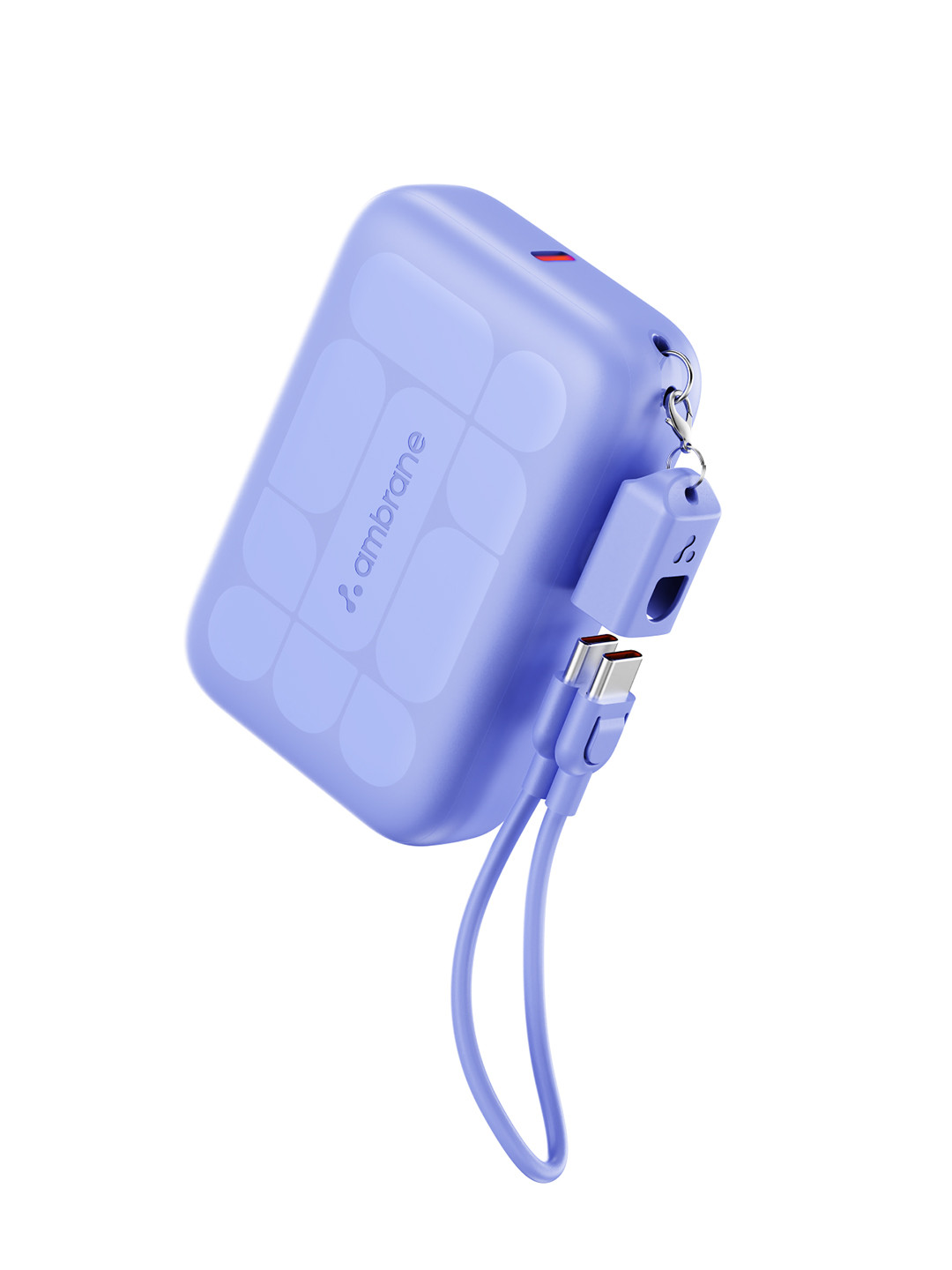Bose TV Speaker or Samsung 400W Soundbar? Full Comparison, Pros, Cons and Price Guide
Choosing the right soundbar can be tough. Explore a detailed comparison of the Bose TV Speaker and the Samsung 400 W 5.1 Channel Soundbar. Explore the pros and cons and clear guidance so the living room feels like a mini-theatre.

Bose TV Speaker vs Samsung Soundbar: Honest Comparison With Real Pros And Cons.
Every home with a half-decent TV eventually reaches the same crossroads: the picture looks brilliant, but the audio feels flat. Movie dialogues whisper like they're trying to avoid waking someone, background music overpowers everything, and explosions sound like someone bursting a packet of chips. That's usually the moment the search for a soundbar begins.
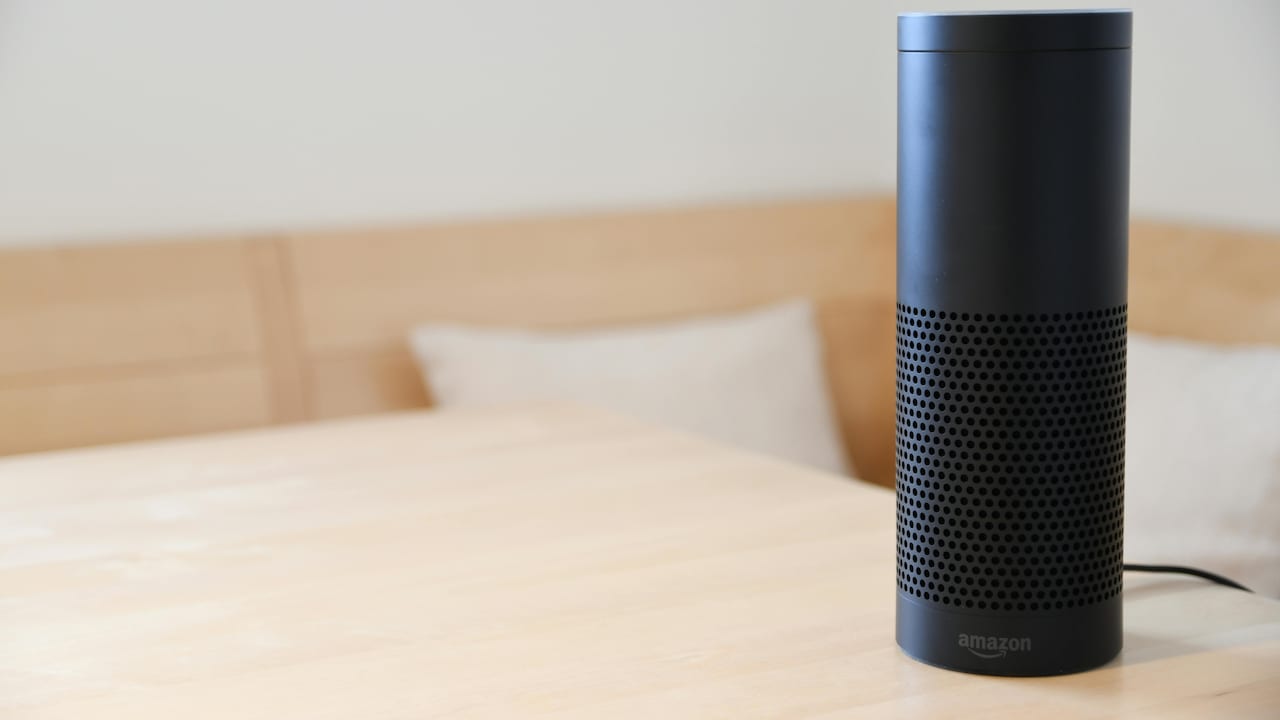
Here's what you need to know about Bose TV speaker vs Samsung soundbar; Photo Credit: Pexels
Two big names often grab attention: the Bose TV Speaker and the Samsung 400 W 5.1 Channel Soundbar. One focuses on simplicity and clarity, while the other arrives with the swagger of a full surround-sound setup. Their difference mirrors the contrast between a peaceful cup of masala chai and a tall glass of cold coffee, both satisfying, yet one suits certain moods and setups better.
This honest comparison breaks down real-world experiences, not just technical jargon. Whether someone wants richer dialogues during late-night dramas or immersive sound during a major cricket match, this guide helps pick the right partner. So, if you are thinking of choosing either Bose TV Speaker or Samsung 400W Soundbar, our full comparison, the listing of pros, cons and price, will guide you to your buying decision.
Also Read: Zebronics vs boAt Soundbars: Which Dolby Atmos Home Theatre Gives The Best Value In 2025?
Detailed Breakdown: Bose TV Speaker vs Samsung Soundbar
1. Design and Build Quality
The Bose TV Speaker looks compact and elegant, like something that blends with any room without calling attention. Its slim frame and premium finish suit small flats, bedrooms, and low-profile TV setups. Many soundbars try to appear futuristic, but the Bose design focuses on simplicity. It slips neatly under most TVs and looks cleaner than the cluttered shelves often found in busy homes.
The Samsung 400 W 5.1 Soundbar, on the other hand, takes up more space. With a centre unit, side speakers inside the bar, and a chunky wireless subwoofer, the setup feels far more dramatic. Anyone who enjoys tech with presence may appreciate this. It doesn't hide; it announces itself.
Both brands deliver excellent build quality, though the Bose unit feels more solid considering its smaller size. Samsung uses durable plastics and textured finishes that suit modern décor, but the large subwoofer demands room. For homes with tight corners or compact furniture, this may lead to some juggling. Overall, Bose suits minimalists and small spaces, while Samsung fits those who prefer bigger, more prominent gear.
2. Sound Clarity and Dialogue Performance
Dialogues matter when watching daily soaps, news channels, or family dramas. The Bose TV Speaker shines here. Its focus on dialogue clarity feels almost uncanny. Actors' voices sound crisp, and even subtle whispers from suspense shows come through clearly. The angled drivers widen the soundstage surprisingly well for such a compact soundbar.
The Samsung 5.1 system offers a broader sound landscape, but its dialogue clarity depends heavily on the centre speaker. Movie dialogues sound strong, yet casual TV viewing can sometimes feel slightly overwhelmed by background effects. Samsung includes a “Voice Enhance” mode that helps, but Bose still holds the edge when clarity is the top priority.
Those who often miss lines due to mumbling actors or noisy home environments may appreciate the Bose approach. Families that binge-watch thrillers where every sentence matters often prefer cleaner vocals. Samsung suits those who value balance between effects and speech, especially in high-energy films. In this category, Bose wins for people who love crisp, punchy dialogue without fuss.
3. Bass and Low-End Performance
Bass makes action scenes come alive. When a helicopter flies across the screen or a thunderstorm roars during a monsoon scene, strong bass changes the entire mood. The Samsung 400 W Soundbar carries a powerful wireless subwoofer, which gives it a huge advantage. Explosions, drum beats, and background scores feel full-bodied. Gamers love this kind of impact too.
The Bose TV Speaker offers a subtle bass boost feature, yet the overall low-end remains controlled and modest. It sounds clean, but not heavy. This suits flats with thin walls, where neighbours complain if the volume increases even slightly. Samsung's thumping bass fills big rooms easily, but it may overwhelm smaller spaces.
For users who enjoy EDM, action blockbusters, or cricket matches (especially during stadium ambience scenes), the Samsung unit delivers far more fun. Those who prefer calm audio without rattling furniture may lean towards Bose. The difference is striking, almost like comparing a gentle tabla to a booming dhol.

The Bose TV Speaker offers a subtle bass boost as compared to the other one; Photo Credit: Pexels
4. Immersive Experience for Movies and OTT Shows
OTT platforms have transformed entertainment habits. Shows like crime thrillers, suspense series, and high-budget films demand good audio. The Samsung 5.1 Soundbar creates a proper home theatre vibe thanks to Dolby Audio, DTS Virtual:X, and multiple speakers working together. Sound wraps around the room, giving a sense of being inside the scene.
The Bose TV Speaker focuses on giving a clean, front-facing experience. Though its wide audio feels lively, it cannot match Samsung's three-dimensional effects. The absence of a dedicated subwoofer also limits the cinematic impact.
For someone who loves weekend movie marathons with dim lights, popcorn, and a cosy blanket, Samsung feels like a better fit. It turns even an ordinary film into an immersive visual feast. Bose suits daily TV watching, news channels, and casual streaming where comfort matters more than theatrics.
In this category, Samsung confidently takes the lead for users seeking excitement and ambience, while Bose suits those who prefer understated clarity.
5. Music Streaming and Bluetooth Performance
Both soundbars support Bluetooth, making them handy for casual music streaming, especially during get-togethers or lazy Sunday afternoons. The Bose TV Speaker delivers clean, balanced sound with a pleasant midrange. Songs from Bollywood classics to soft acoustic tracks sound natural. Vocals take centre stage and instruments feel warm.
The Samsung soundbar brings more punch, especially with its powerful subwoofer. Pop, EDM, and Punjabi beats feel lively, and bass drops hit hard. Party playlists thrive on this setup.
However, the Samsung bar sometimes focuses too heavily on bass, which may overshadow softer genres. Bose keeps music simple and soulful, making it great for relaxed listening.
Connectivity remains strong on both models, though Samsung offers additional playback options through USB. For users who enjoy loud party music, Samsung wins. For those who love soulful vocals, calm ghazals, or warm melodies, Bose offers a more charming, cleaner musical experience.
6. Connectivity Options and Ease of Use
The Bose TV Speaker keeps things uncomplicated. HDMI-ARC, optical input, and Bluetooth support most basic setups. The included remote does the essentials, and pairing never feels confusing. People who prefer a fuss-free experience appreciate this simplicity. It connects quickly, stays stable, and works with almost every modern TV.
Samsung brings a wider list of connectivity options: HDMI In, HDMI Out, HDMI ARC, CEC, Optical In, Bluetooth, and USB. This flexibility suits living rooms filled with consoles, set-top boxes, and multiple gadgets. The Samsung Smart TV remote also controls the soundbar, reducing clutter.
The extra choices do mean a slightly steeper learning curve. Someone who enjoys tinkering will love Samsung's flexibility. Someone who wants a clean “plug and play” experience may appreciate Bose's straightforward approach.

Samsung brings a wider list of connectivity options than the Bose speaker; Photo Credit: Pexels
In essence, Bose offers simplicity. Samsung offers versatility.
7. Space Requirements and Room Compatibility
Space matters in many households, especially those with compact rooms or wall-mounted TVs. The Bose TV Speaker feels tailor-made for smaller homes. Its slim body fits comfortably under TVs, on narrow tables, and even on wall mounts. The absence of a large subwoofer simplifies placement.
The Samsung soundbar demands more breathing space. Its bulky wireless subwoofer loves open corners and may crowd tight rooms. The bar itself is longer and feels more suited to larger TVs, 40 inches and above. In small bedrooms, the sound may feel overpowering.
Someone with a mid-sized or spacious living room will find Samsung perfect. For cosy bedrooms, studio apartments, or setups with limited furniture, Bose feels more natural and less intrusive.
The choice here depends mostly on space. Bose fits anywhere. Samsung thrives in larger, open rooms.
8. Pricing and Value for Money
Price plays a crucial role. The Bose TV Speaker, priced around ₹34,400, costs more despite offering a simpler feature set. This reflects the Bose brand philosophy: premium build, refined tuning, and iconic clarity.
The Samsung 400 W 5.1 Soundbar, at ₹20,990, provides far more power and features at a significantly lower price. With multiple speakers, Dolby Audio, DTS Virtual:X, and a wireless subwoofer, it delivers impressive value.
Budget-conscious buyers may find Samsung unbeatable for its feature-to-price ratio. Bose appeals to those who prioritise brand prestige, simplicity, and clean sound over raw power.
Both deliver value, but in very different ways. Samsung gives more hardware for less money. Bose offers premium refinement for those willing to spend extra.
9. Real-World Performance During Daily Use
Daily use differs from technical specifications. The Bose TV Speaker excels during everyday TV watching. Whether it's news in the morning, cooking shows in the afternoon, or serials at night, the sound remains crisp and pleasant. Volume adjustments feel smooth and predictable.
Samsung shines during entertainment-heavy sessions. Live cricket matches sound thrilling as stadium ambience fills the room. Action films feel larger than life. Gaming sessions feel more engaging.
However, Samsung may feel slightly too loud for late-night watching unless Night Mode is enabled. Bose remains calm and composed at any hour.
In households where TVs run all day, Bose feels warm and fatigue-free. Homes where entertainment peaks during evenings and weekends may enjoy Samsung's energetic personality more.
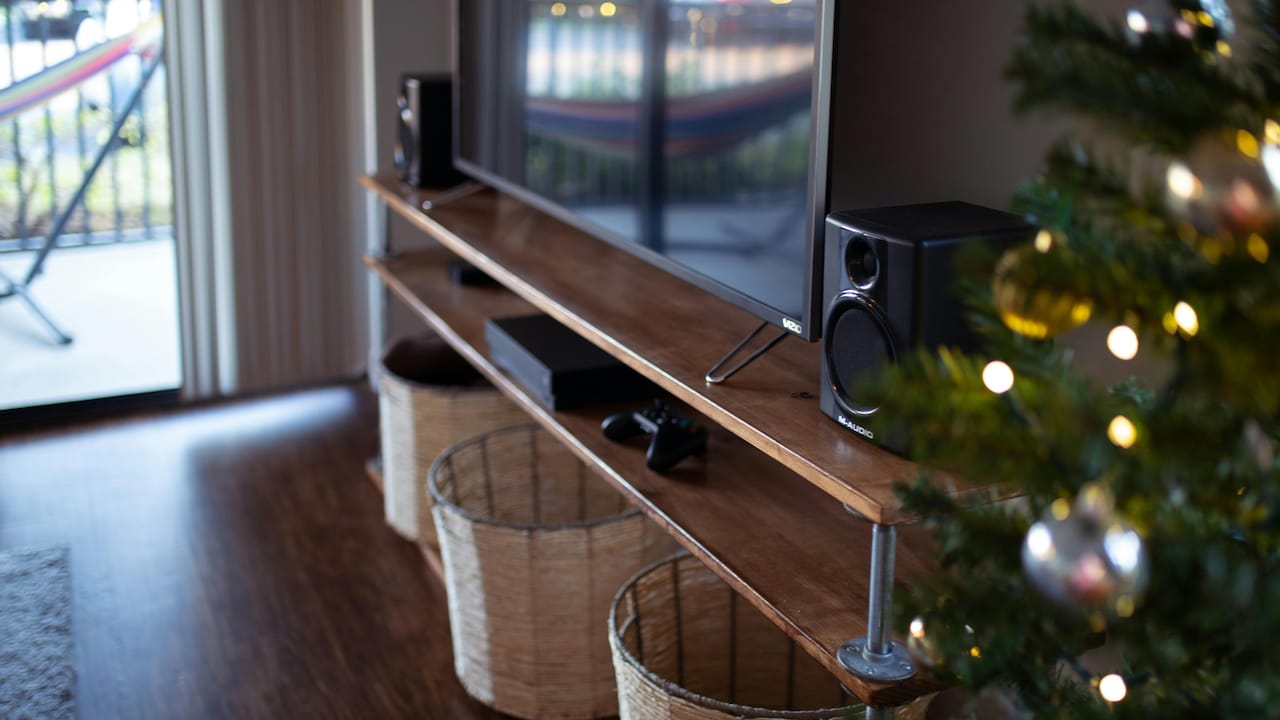
The Bose TV Speaker excels for everyday TV watching; Photo Credit: Pexels
10. Pros, Cons And Who Should Buy What
Bose TV Speaker – Pros
• Superb dialogue clarity
• Compact design suits smaller rooms
• Clean, balanced sound
• Easy setup and user-friendly operation
Bose TV Speaker – Cons
• Higher price for fewer features
• Limited bass
• Lacks immersive surround capabilities
Samsung 400 W Soundbar – Pros
• Powerful, room-filling sound
• Strong bass from wireless subwoofer
• Excellent for movies, sports, and gaming
• Great value for money
Samsung 400 W Soundbar – Cons
• Larger footprint
• Can feel too loud for small rooms
• Dialogue clarity slightly lower than Bose
Who Should Buy Bose?
Someone who values clarity, elegance, simplicity, and minimalism. Ideal for compact rooms, apartments, and everyday TV use.
Who Should Buy Samsung?
Someone who loves theatre-style sound, heavy bass, and cinematic immersion. Perfect for larger rooms, action films, and energetic music.
Products Related To This Article
1. Samsung 380 W True 3.1.2ch Soundbar with Dolby Audio
2. Bose New SoundLink Max Portable Speaker
3. Samsung 2.0 ch (HW-T400/XL) Soundbar with Built-in Subwoofer
4. Bose SoundLink Revolve+(Series II) Portable and Long-Lasting Bluetooth Speaker
5. Samsung 150 W Dolby Digital Bluetooth Soundbar
The choice between the Bose TV Speaker and the Samsung 400 W 5.1 Channel Soundbar depends on one simple question: What matters more, clarity and simplicity or power and immersion?
Bose brings polished vocals, compact design, and elegant sound. It suits those who prefer calm clarity and ease of use. Samsung delivers thrilling bass, cinematic surround sound, and incredible value for money. It suits those who want excitement in every scene.
Both products elevate TV audio. Both transform the living room. The right pick simply depends on personal style, space, and listening preferences. Whether someone wants clean dialogue for evening dramas or thunderous audio for blockbuster nights, this comparison ensures the decision feels informed, confident and tailored to daily life.
(Disclaimer: This article may include references to or features of products and services made available through affiliate marketing campaigns. NDTV Convergence Limited (“NDTV”) strives to maintain editorial independence while participating in such campaigns. NDTV does not assume responsibility for the performance or claims of any featured products or services.)







